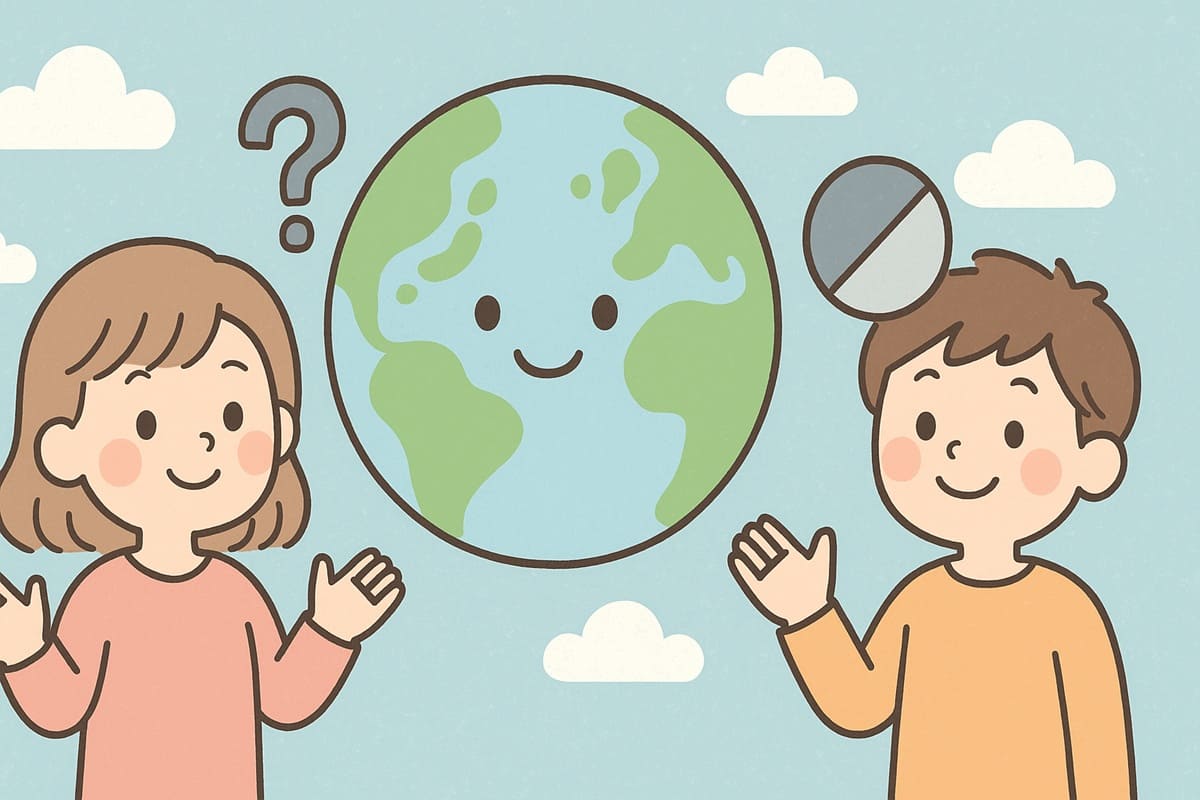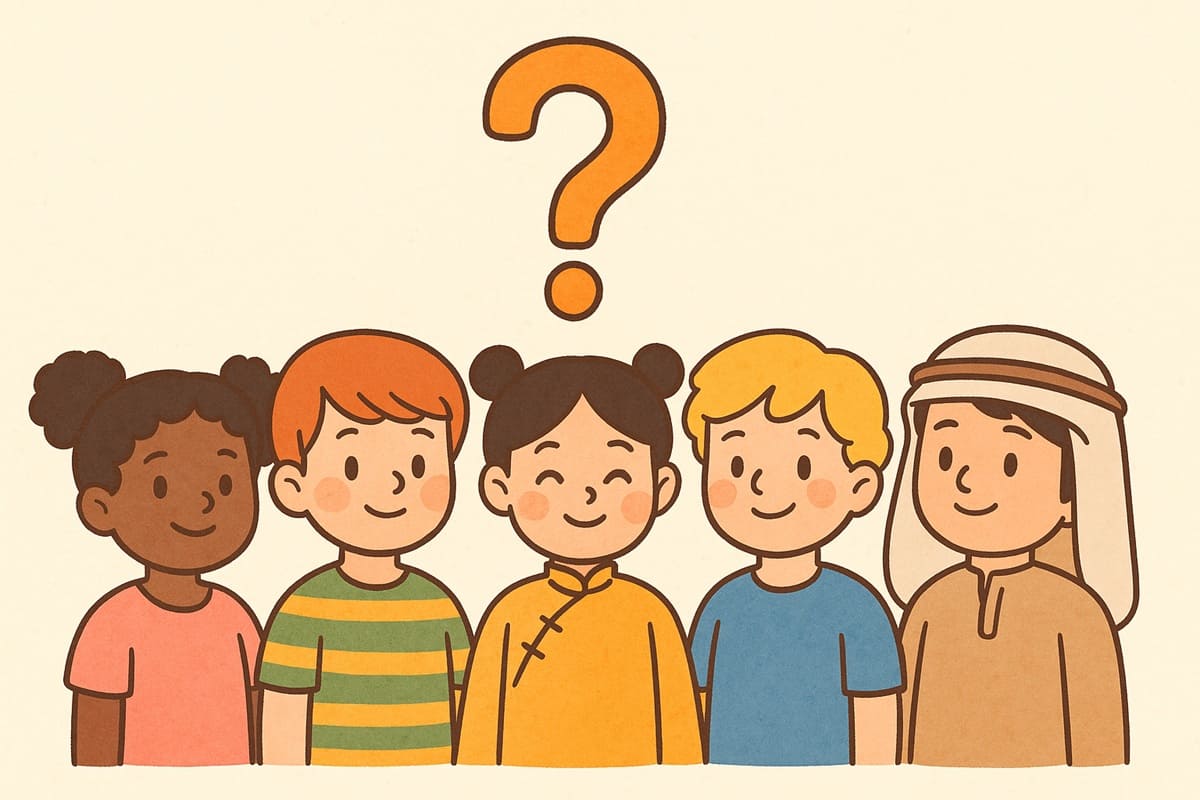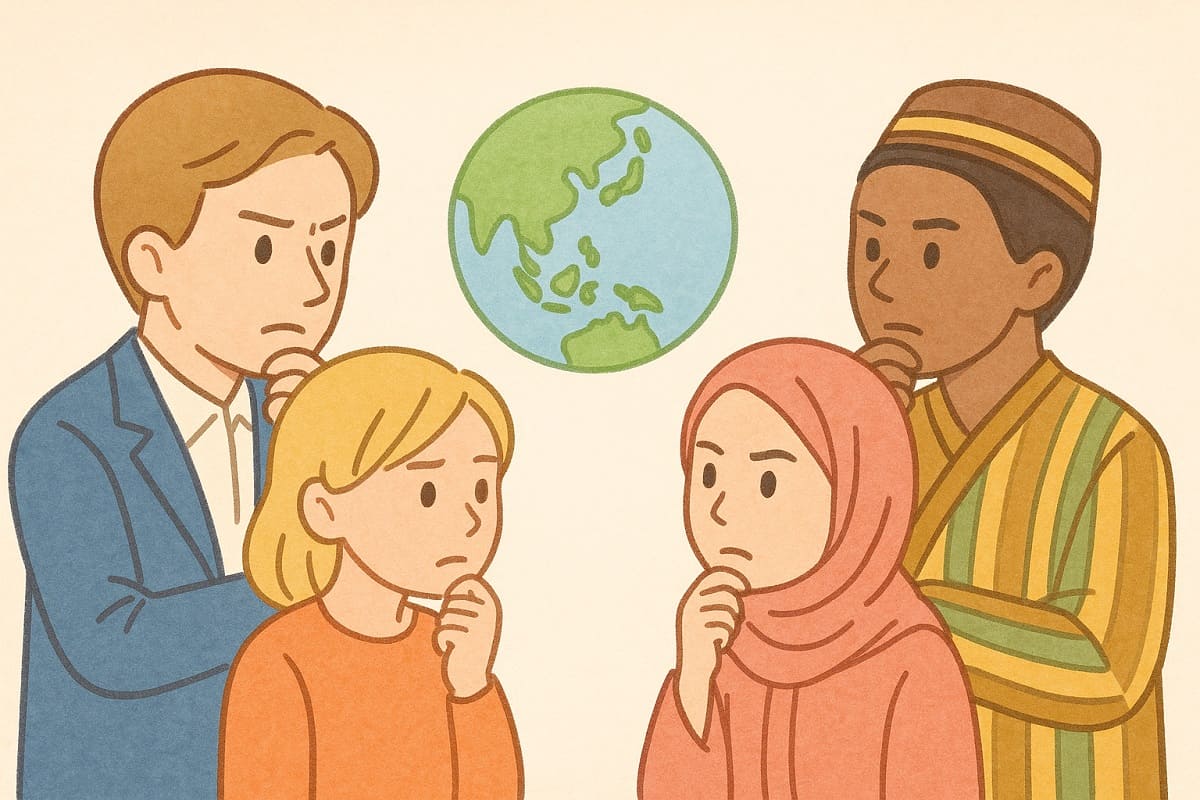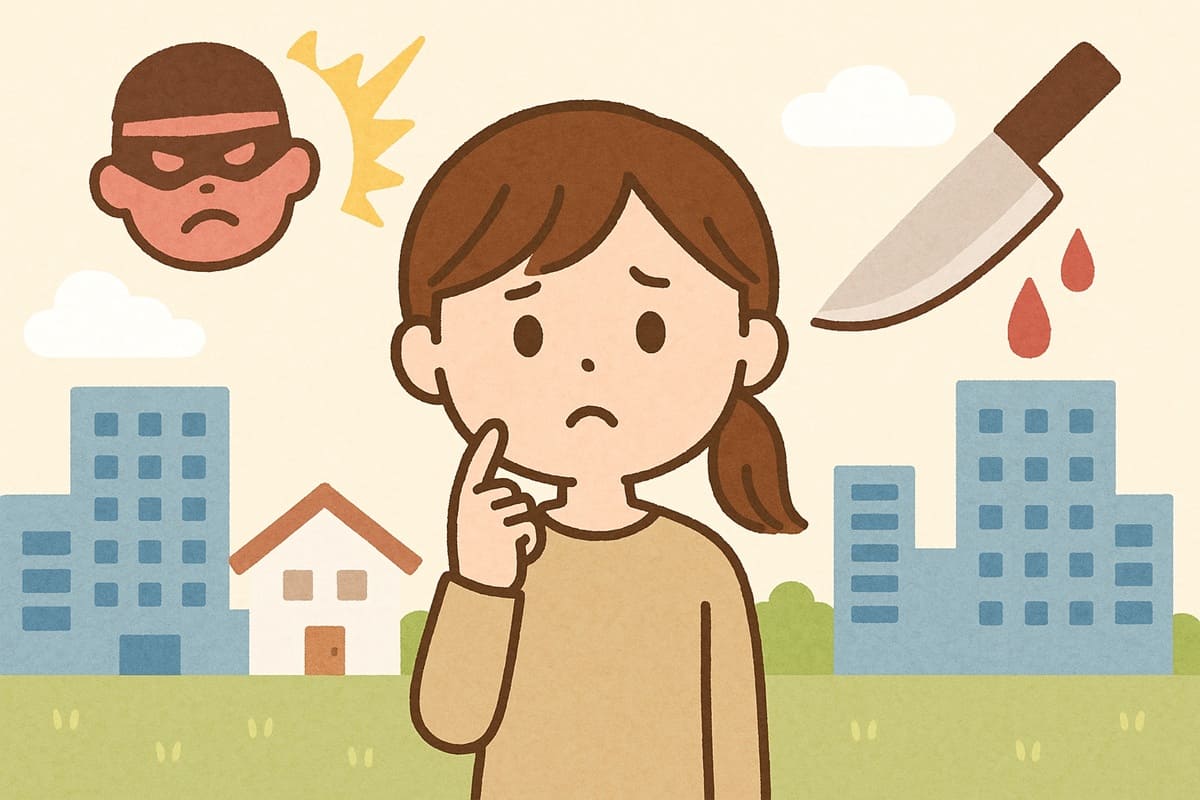Why Do People Fight? Understanding the “Balance of Power” System
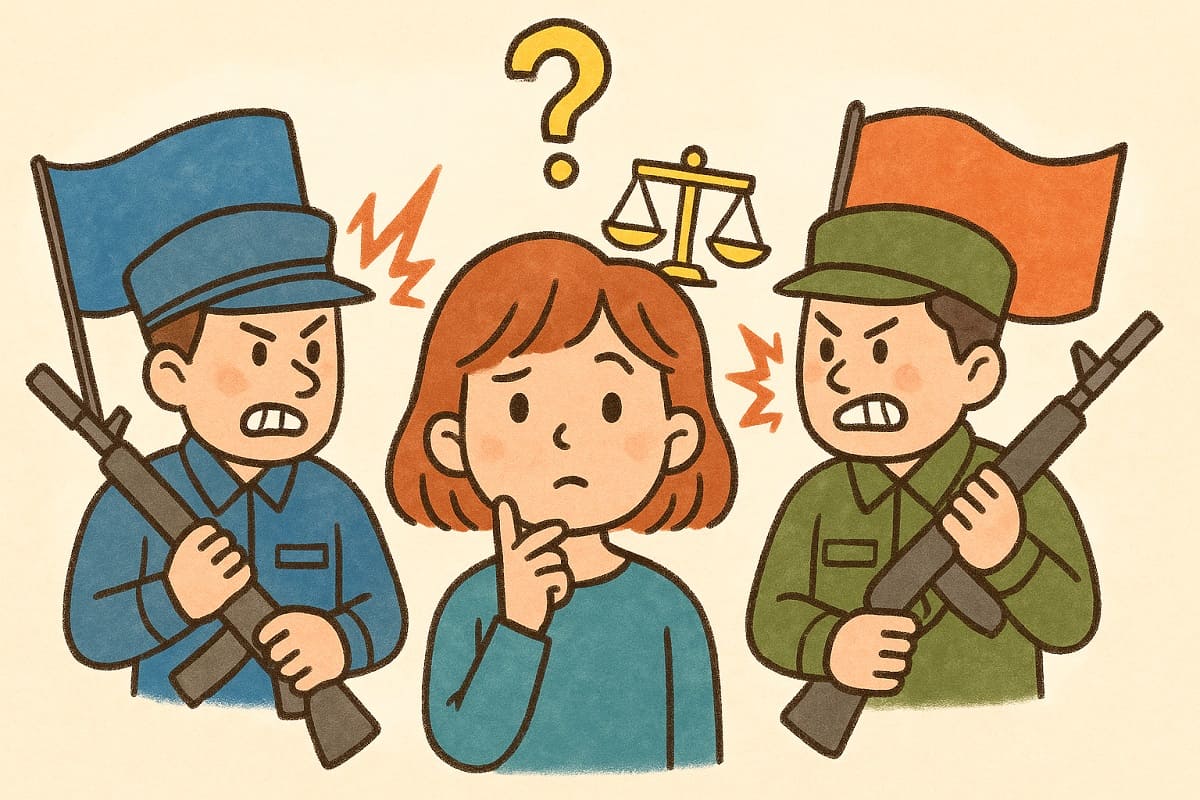
In places like Ukraine, the Middle East, and around Taiwan, tensions between nations continue to rise.
Every time we see such news, we may wonder:
“Why can’t humans stop fighting?”
In this article, let’s explore a concept often used in international politics called the “Balance of Power”, and think together about why people—and countries—end up in conflict, and how we might prevent it.
What Is the “Balance of Power”?
The term “Balance of Power” is commonly used in international politics. It literally means maintaining an even distribution of power.
More specifically, it refers to a system where countries work together to prevent any one nation from becoming too powerful.
For example, if one country starts rapidly expanding its military and threatening neighboring nations, the other countries will begin to worry.
They may then increase their own military power or form alliances to counterbalance that rising power.
This strategy is meant to reduce the risk of war by preventing any single country from dominating others.
That’s the core idea behind the Balance of Power theory—a system designed to act as a safety net against large-scale conflict.
Can It Really Prevent War?
At first glance, this theory might sound like a very reasonable approach to peace.
However, in reality, trying to maintain a power balance can sometimes lead to more conflict.
When one country increases its military strength, neighboring countries often feel threatened and respond by boosting their own arsenals.
Then, the original country may react by building even more weapons… and so on.
This cycle of mutual suspicion and escalation is known as an arms race.
So instead of keeping peace, the Balance of Power system can sometimes heighten tensions and increase the risk of war.
The Balance of Power During the Cold War
This theory gained special attention during the Cold War, after World War II.
At the time, the two superpowers—the United States and the Soviet Union—were in a constant struggle for global dominance.
Each side kept expanding its military, especially its nuclear weapons, to ensure it would not be outmatched by the other.
As a result, both sides acquired enough nuclear weapons to completely destroy each other at any moment.
This situation is called Mutually Assured Destruction (MAD).
If one side launched a nuclear attack, the other would retaliate without question.
So neither side could afford to strike first.
In that sense, the Balance of Power maintained peace through fear.
However, tensions still remained high, and many proxy wars—such as the Vietnam War and the war in Afghanistan—were fought indirectly between the two sides.
The Balance of Power Today
The idea of balancing power is still very much alive in today’s international politics.
For example, in response to China’s rapid growth in military and economic strength, countries like the United States, Japan, India, and Australia have been strengthening their cooperation.
This partnership is known as the Quad (Quadrilateral Security Dialogue).
The Quad is one way countries are trying to maintain balance and prevent any one power from dominating the Indo-Pacific region.
Similarly, the United States uses NATO (the North Atlantic Treaty Organization) to maintain balance against Russia.
These are examples of how the idea of restraining the power of a dominant country continues to play a key role in global politics today.
Efforts to Prevent Arms Races
However, relying solely on a balance of power can lead to dangerous arms races.
If countries keep saying, “If they build more weapons, so should we,” it can create a never-ending cycle of escalation.
So what can we do to break this vicious cycle?
1. Disarmament Treaties
During and after the Cold War, the United States and the Soviet Union (now Russia) signed several treaties, such as START (Strategic Arms Reduction Treaty), to limit their nuclear arsenals.
These treaties help build mutual trust by ensuring that both sides are genuinely reducing their weapons.
2. Confidence-Building Measures
These are efforts to avoid misunderstandings by sharing information in advance.
For example, if a country plans a military drill, it informs other countries beforehand so they don’t mistake it for a real attack.
Such measures became common in Europe during the Cold War, and have since spread to Asia and the Middle East as well.
3. Use of International Organizations
International organizations like the United Nations and ASEAN (Association of Southeast Asian Nations) also play important roles in promoting dialogue and preventing the spread of weapons.
One key effort is the Treaty on the Non-Proliferation of Nuclear Weapons (NPT), which aims to prevent the spread of nuclear weapons to more countries.
Conclusion: Building True Peace
The Balance of Power is one method to prevent war.
But it relies on force—and peace maintained by force is fragile and unpredictable.
What truly matters is not relying too much on military strength.
Instead, we should build a culture where trust, dialogue, and diplomacy—not weapons—are used to resolve conflicts.
By staying informed about global issues and imagining a future without war,
each of us can take a small step toward building a more peaceful world.

